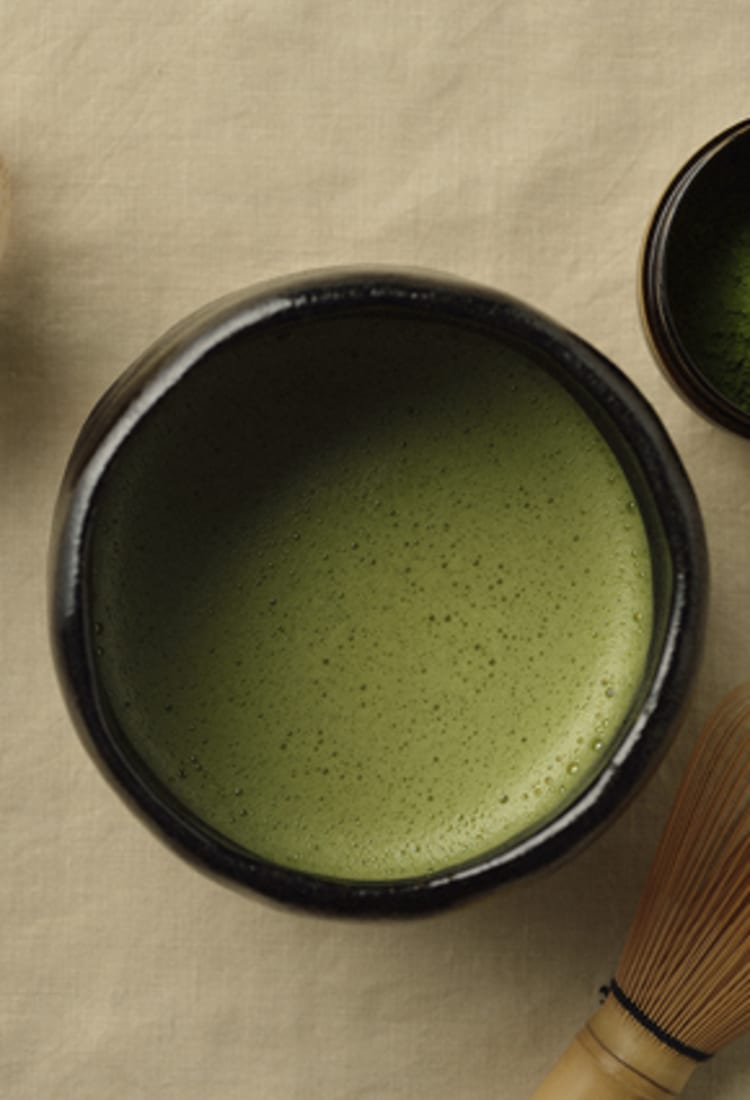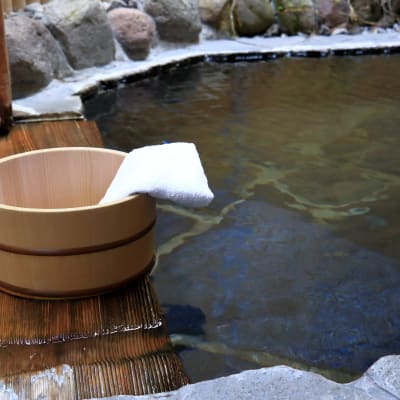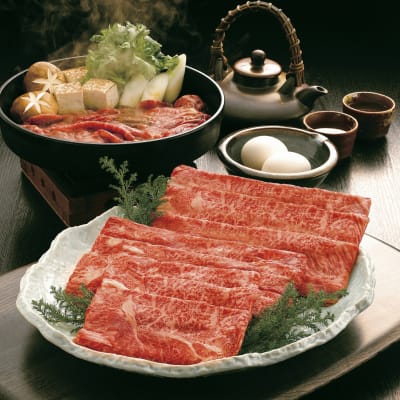

REISEFÜHRER Japanese Superfoods Give yourself a nutritional boost with these five Japanese superfoods
Japanese food is popular the world over for its fresh ingredients and subtly balanced flavors
It's considered one of the healthiest cuisines, and Japan's high life expectancies and low obesity rates strengthen that reputation. Perhaps the key to its health-giving properties is its reliance on fresh vegetables, fish, fermented foods and soy products, many of which are considered superfoods.
What is a superfood?
Superfoods are known to be particularly healthy because they pack a powerful nutritional punch, and Japanese people eat some of the most sought-after superfoods as everyday staples.

Powdered green tea and traditional whisk
Matcha—drink your greens
One of the most accessible Japanese superfoods is matcha green tea. You can drink it as tea, which has a subtle sweet aftertaste, or eat it in desserts. It's considered a superfood due to its antioxidant properties and high concentrations of magnesium, zinc, vitamin C and selenium.
Uji in Kyoto is home to some of the highest quality Japanese green tea available. Cafes and restaurants all over the city embrace this claim to fame with innovative matcha treats, such as matcha fondue, matcha pancakes, and matcha parfait—a tasty way to eat your superfoods.


Matcha used in various types of desserts
If you'd prefer to sample matcha in a traditional way during your visit to Japan, take part in a tea ceremony. These tea ceremonies date back to the origins of matcha in Japan, which first gained popularity when Zen monk Eisai brought the tea into the country from China.
Tea ceremonies became a pastime of the nobility, and you can still experience this quintessentially Japanese tradition all over the country. The most charming environment for a tea ceremony is the tranquil surrounds of a Zen temple, particularly those in Kyoto and Kamakura , which are famous for their Japanese tea ceremonies.

Yuzu straight from the tree
Yuzu—a zesty super fruit
While all citrus fruits are a rich source of vitamin C, yuzu earned its superfood status with levels three times higher than lemons. Yuzu also has exceptionally high levels of antioxidants, and a fragrance said to be powerfully mood-boosting and anti-fatigue.
This cross between grapefruit, lime, and mandarin is as popular for its health-giving benefits as it is for its citrusy and aromatic flavor. Another factor that makes yuzu so highly prized is the time it takes to grow, with trees taking many years to reach maturity before they start producing this fragrant fruit.
Most yuzu grows in Kochi Prefecture , so it features heavily in the region's cuisine. You can often find the juice as a seasoning and the skin as a garnish. One of its most popular uses it as ponzu mixed with soy sauce and vinegar. It's also a popular ingredient in juices for a sour, bitter soft drink or in Kochi's signature yuzu alcohol, a refreshing tipple for a hot summer day.

An umeboshi pickled plum on top of rice
Umeboshi–pickled and powerful
If you haven't been brought up with them, umeboshi salted pickled plums are something of an acquired taste. The sour and salty flavor make them a versatile ingredient for a variety of dishes, but the real key to their popularity is their health benefits.
Umeboshi's superfood status is well documented and dates back as far as the Heian period (794-1185) when Japanese people took it as medicine. Its high levels of citric acid improve circulation, boosts the immune system and ramp up energy while its polyphenols are purported to reduce the risk of diabetes and lower blood pressure.


Umeboshi used in various dishes
Eating umeboshi by itself isn't recommended for the uninitiated. Instead, try it as an accompaniment to rice to accentuate the dish's flavor and add a salty, sour accent. Umeboshi are also commonly found at the center of onigiri rice balls. Another way to sample them is in umeshu liquor.
Umeboshi lovers should visit Wakayama Prefecture , known for growing the country's best umeboshi. There are several umeboshi factories offering tours and the opportunity to pickle your own or make jams and juices.

Natto, egg yolk, and spring onion on top of rice
Natto—an acquired source of vitamins
Natto is perhaps even more of an acquired taste than umeboshi. These fermented soybeans divide opinion due to their strong odor and slimy, stringy texture. For those who see the charm of this divisive bean, natto is a nutrition-packed addition to a diet. It's usually served with rice and spring onion to make a filling, wholesome dish.
This traditional Japanese food is, like most beans, a rich source of protein. It contains nattokinase, an enzyme which can thin the blood and improve blood flow, making it an excellent diet choice for the prevention of blood clots, hypertension, strokes, and heart attack.
Additionally, natto is an excellent source of vitamin K2, important for bone health. Those who consume natto regularly have been found to have a significantly higher bone density than those who don't, and it helps protect women against osteoporosis.

Cones of miso and soybeans
Miso—the backbone of Japanese cuisine
Miso isn't just a soup. The ingredient, made from fermented soybeans, rice, salt, and kojikin fungus, is a staple of Japanese cuisine. You will find it as a stock, a marinade, a dip, and even a spread. In fact, it's difficult to avoid miso when eating out in Japan.

A spoonful of miso
Miso is packed with protein, vitamins B1, B2, B6, B12, E, K, niacin and folic acid, as well as sodium, calcium, potassium, magnesium, iron, zinc, iodine, selenium and dietary fiber, monounsaturated fatty acids, and polyunsaturated fatty acids.
To get to know this foundation block of Japanese cuisine, a visit to Yuasa in Wakayama Prefecture should be on your Japan itinerary. Step back in time to visit its miso factories, which still makes the ingredient in the traditional style, and the result is a paste with a remarkably complex flavor profile—a must for foodies.

















































































